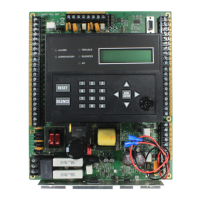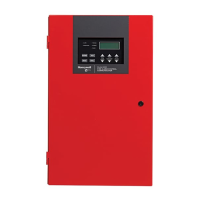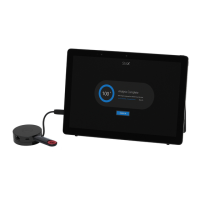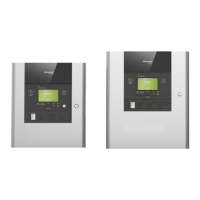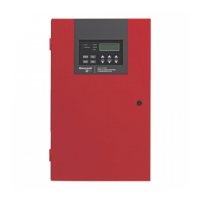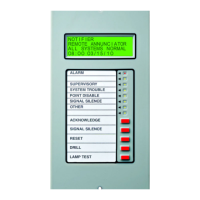58 6820 / 6820EVS Manual P/N LS10144-001SK-E:C 09/28/2017
Installing 2-Wire Class B Smoke Detectors
To install a Class B two-wire smoke detector, wire as shown in Figure 4.47.
Figure 4.47 Two-Wire Class B Smoke Detector
Installing 2-Wire Class A Smoke Detectors
To install a Class A two-wire smoke detector, wire as shown in Figure 4.48.
Figure 4.48 Two-Wire Class A Smoke Detector Connections
4.15.4 Installing 4-Wire Smoke Detectors
Any compatible UL listed four-wire smoke detector can be used with the control panel (see Appendix A for list of compatible smoke
detectors). Figure 4.49 and Figure 4.50 illustrate how to connect a UL listed four-wire detector to the control panel.
Installing 4-Wire Class B Smoke Detectors
Figure 4.49 illustrates how to install a 4-wire Class B smoke detector.
Conventions used for wiring 4-wire Class B loops:
1. One Class B 4-wire smoke detector loops can be connected to the control panel.
2. The Class B loop input is paired with a unique power source as shown in Figure 4.49.
Note:
Flexput circuit 5
used as an example.
Either Flexput circuit
5 or 6 could be used.
4.7 kEOL
Supervised
power limited
NOTE: In programming any point that uses multiple Flexput circuits, the lowest Flexput circuit number is used to refer to the circuit pair. In this
example, Figure 4.48 uses both Flexput circuit 5 and 6, so in programming it would be referred to as point 5.

